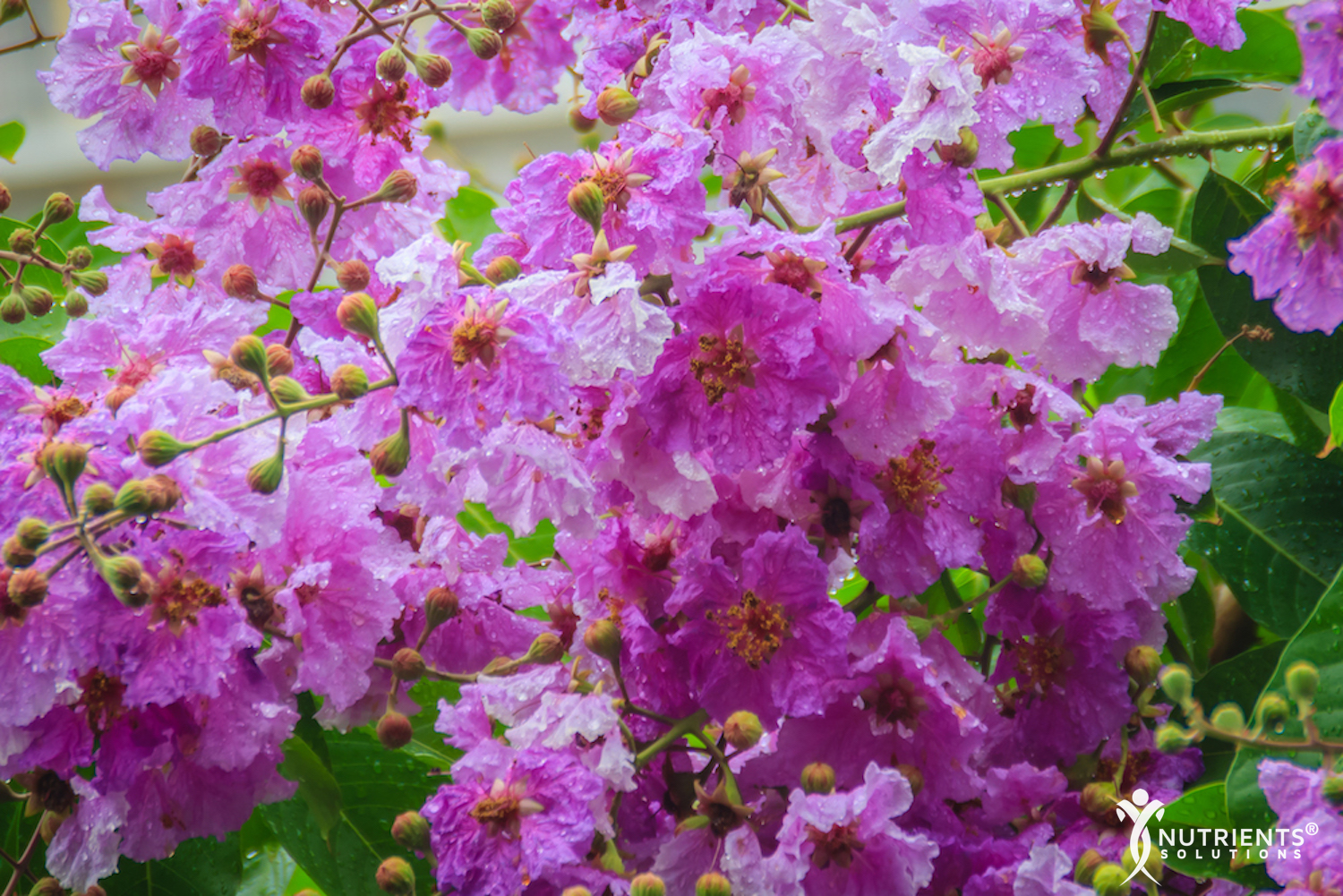Wellness Demystified: We Can Help You Discover Optimum Health
Banaba Leaf From the Philippines Provides A Natural Remedy

Banaba leaf is a tropical plant that has long been used as a medicinal compound in the areas of the world in which it grows. Scientists are now analyzing the components that make it an effective remedy for a number of common health problems. Among the lesser-known plants that can be used to promote better health, banaba leaf, from the tree with the botanical name Lagerstroemia speciosa, is receiving greater interest and attention. Scientific analysis of banaba leaf has found that compounds within the plant can have beneficial effects on a number of critical physical processes. With anti-inflammatory and anti-glycemic properties, this natural remedy can still provide health-promoting benefits today.
Understanding Banaba Leaf
Banaba leaf comes from a plant that is native to the Philippines and Southeast Asia. The plant is a species of crepe myrtle that is found in many areas around the world and is also known as Queen’s Crape-myrtle, Giant Crepe Myrtle or Pride of India. Folklore from these countries indicates that it has been used as a medicinal compound for thousands of years for its healing properties. Recent analysis of studies involving Lagerstroemia speciosa indicate that it contains a variety of essential components that have beneficial effects on the body, such as corosolic acid, reginin, ellagitannins, valoneic acid dilactone and other compounds [1].
How Banaba Leaf Is Used
Like many plants that have been used for healing, Lagerstroemia speciosa began to be used as a medicinal because of its wide availability. The leaves of the tree were eaten as a vegetable or steeped into a tea for ingestion. Preparations from the flowers, bark, and roots have also traditionally been used [2]. Dried extracts of banaba leaf are now available as supplements that make it convenient to use for its health-promoting effects.
Anti-Inflammatory Benefits
Banaba leaf appears to have significant anti-inflammatory properties that help to reduce the effects of inflammation on tissues. It can be used to lessen inflammation and discomfort from arthritis and other conditions, as well as to prevent the general inflammation that is associated with conditions such as heart disease.
Viral Infections
The use of banaba leaf as a medicinal compound has included its employment as a natural remedy for relieving viral infections. About half of the cases of the common cold are caused by viral agents that attack the respiratory system, causing symptoms of severe rhinitis. A study from the National Research Foundation of Korea of ellagic acid, one of the active components of banaba leaf, was found to be effective against three common viral agents involved in the occurrence of rhinitis symptoms [3]. Banaba leaf’s anti-viral properties are being investigated at as an adjunct treatment for HIV infection, to improve patients’ ability to fight the disease.
Bacterial Infections
Banaba leaf has also been used traditionally as an anti-infective agent and for lowering fever caused by infections. A study from the University of the Philippines investigated banaba leaf for use against some common infectious agents and found that it was highly effective for reducing these infections, with results sometimes similar to pharmaceutical antibiotics [4].
Digestive Problems
One of the traditional uses for banaba leaf is to soothe the stomach and improve digestive function. Components within banaba leaf appear to have a beneficial effect on gastrointestinal tissue and improve intestinal function. Sipping banaba tea is the traditional use of the compound for this complaint.
Metabolic Syndrome
Medical researchers learned that a certain collection of symptoms were associated with increased rates of heart disease, stroke, and diabetes. This collection of symptoms were given the name “metabolic syndrome,” because it described changes in the metabolism of individuals that led to higher blood pressure levels, increased blood sugar levels and generalized inflammation in the body. When these conditions occur together, the likelihood of developing cardiovascular disease is increased significantly. Some evidence indicates that banaba leaf can be helpful in relieving the symptoms associated with metabolic syndrome, including lowering blood pressure, improving high glucose levels and reducing widespread inflammation of tissues.
Weight Management
Some evidence indicates that taking banaba leaf on a regular basis can help obese individuals lose weight and maintain better weight control. Compounds within the leaf appear to block fat absorption in the body, preventing the storage of fat in body tissues [5]. It also acts by improving glucose utilization in the body.
Urinary Tract Infections
Urinary tract infections are a common problem that affects millions of individuals around the world. Generally, pain-relievers and heat are used to relieve symptoms of pain, cramping and inability produce sufficient amounts of urine to flush out bacteria from the urinary tract. In severe cases, several different types of antibiotics are used to eliminate the infections. Banaba leaf also has traditional use for urinary tract infections and kidney problems. The anti-inflammatory properties of the components are thought to have a soothing effect on urinary tract tissues, while anti-bacterial effects eliminate the infectious agents. Banaba leaf was traditionally steeped into a tea to relieve symptoms of UTI.
Liver Disease
Compounds in banaba leaf also appear to help protect the liver. These components seem to break down fats that can accumulate in liver tissue, leading to fatty liver disease and other conditions. A study from the University of North Bengal in India found that Lagerstroemia appears to have the effect of breaking down adipose components in the bloodstream, which is then prevented from accumulating in the liver [6].
Blood Sugar Control in Diabetes
Another remarkable effect of the use of banaba leaf is its ability to help lower blood glucose levels in people with diabetes. Analysis from the Suzuka University in Japan found that the leaf was able to improve glucose uptake in both test tube and animal studies, providing a significant improvement in blood sugar levels [7]. The results suggest banaba leaf could be of help as an adjunct treatment for diabetes. Compounds such as corosolic acid and tannins appear to be the components with anti-hyperglycemic effects.
Although not well known by the general public, banaba leaf has been used for hundreds of years in tropical areas of the world. As science begins to investigate its fundamental properties, it becomes clear that as a medicinal compound, banaba extract can be a useful compound for managing a variety of illnesses. For those who are interested in natural botanicals for improving health, the use of banaba leaf can have quantifiable benefits.


© 2019 Nutrients Solutions, LLC. All rights reserved. Disclaimer: The information provided is for educational purposes only and does not constitute medical advice. Always seek the advice of your physician or qualified healthcare provider with any questions or concerns about your health. Check with your doctor before beginning any exercise program. Never disregard or delay seeking medical advice because of something you have heard or read in this article or the internet.












